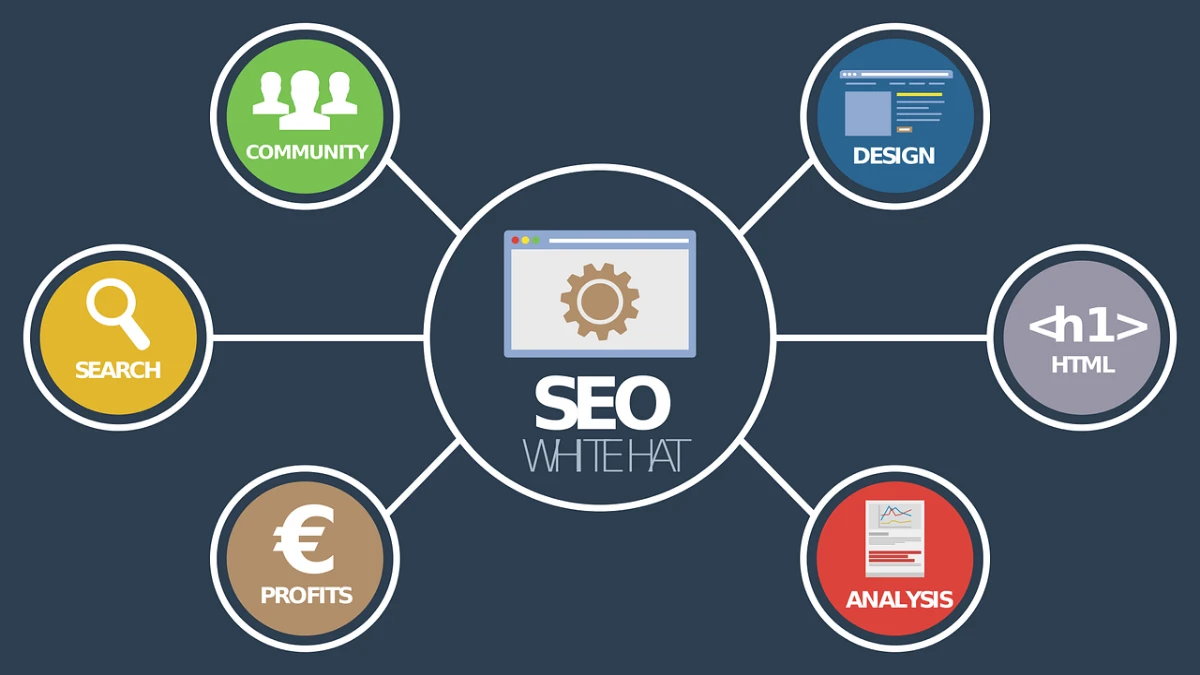Huntsville Search Engine Optimization (SEO) is vital for increasing visibility in search engine results, driving organic traffic, and enhancing user experience. A website that is SEO-friendly is more likely to rank higher on search engines like Google, Bing, or Yahoo. Here are some essential steps to make your website more SEO-friendly:
[the_ad id=”8222″]
1. Optimize Website Structure and Navigation:
A clean, logical website structure ensures that search engines can crawl and index your site efficiently. Create a clear hierarchy with main categories, subcategories, and individual pages. A well-structured site also improves user experience, decreasing bounce rates and increasing the chances of users staying longer on your site.
2. Use Relevant Keywords:
Identify keywords relevant to your content using tools like Google’s Keyword Planner or SEMrush.
[the_ad id=”8222″]
3. Optimize Page Speed:
Slow-loading pages can deter visitors and negatively impact your search engine rankings. Ensure that images are compressed, use a content delivery network (CDN), leverage browser caching, and minimize the use of heavy scripts or unnecessary plugins.
4. Mobile Optimization:
With the increasing number of mobile users, having a mobile-optimized site is critical. Ensure that your website is responsive, adjusting to different screen sizes and devices. Mobile-friendliness is also a ranking factor for Google.
[the_ad id=”8222″]
5. Secure and Accessible Website:
Having a website that starts with “https://” indicates a secured site, which is a factor search engines consider. An SSL certificate encrypts data and ensures safe browsing for users.
6. Optimize Images:
While high-quality images enhance user experience, they can slow down your website. Use formats like JPEG or WebP and compress images without sacrificing quality. Also, include relevant alt tags to provide a description for search engines.
7. Create High-Quality Content:
Content remains king in the realm of SEO. Regularly publish relevant, high-quality, and unique content that meets the needs and interests of your target audience. Using internal linking within your content can also guide visitors to related topics and boost page views.
8. Set Up an XML Sitemap:
[the_ad id=”8222″]
An XML sitemap provides search engines with a roadmap of your website’s structure, making it easier for them to index your site. Most content management systems offer plugins or tools that can generate a sitemap for you.
9. Utilize Header Tags:
Header tags (H1, H2, H3, etc.) structure your content, making it reader-friendly and aiding search engines in understanding the context of your content. Ensure each page has a unique H1 tag and uses other header tags appropriately throughout the content.
10. Integrate Social Sharing Tools:
The more your content is shared, the more visibility it gains. Integrating social sharing buttons allows users to easily share your content, increasing its reach.
11. Focus on Backlinks:
Backlinks, or links from other reputable websites to yours, act as votes of confidence. They can significantly improve your website’s authority and ranking. Aim for high-quality backlinks by guest posting, partnerships, or producing shareable content.
[the_ad id=”8222″]
Conclusion:
Making your website SEO-friendly is a multifaceted approach that requires attention to detail, regular updates, and a pulse on the ever-evolving SEO best practices. By ensuring that your website is structured properly, optimized for speed and mobile, loaded with high-quality content, and recognized by other reputable websites, you’ll set a strong foundation for online success. As SEO is a continuous journey, always stay updated with the latest trends and adjust your strategies accordingly.
Read More
https://sbzbusiness.com/what-might-happen-if-you-sell-defective-products-to-your-customers/?amp=1

